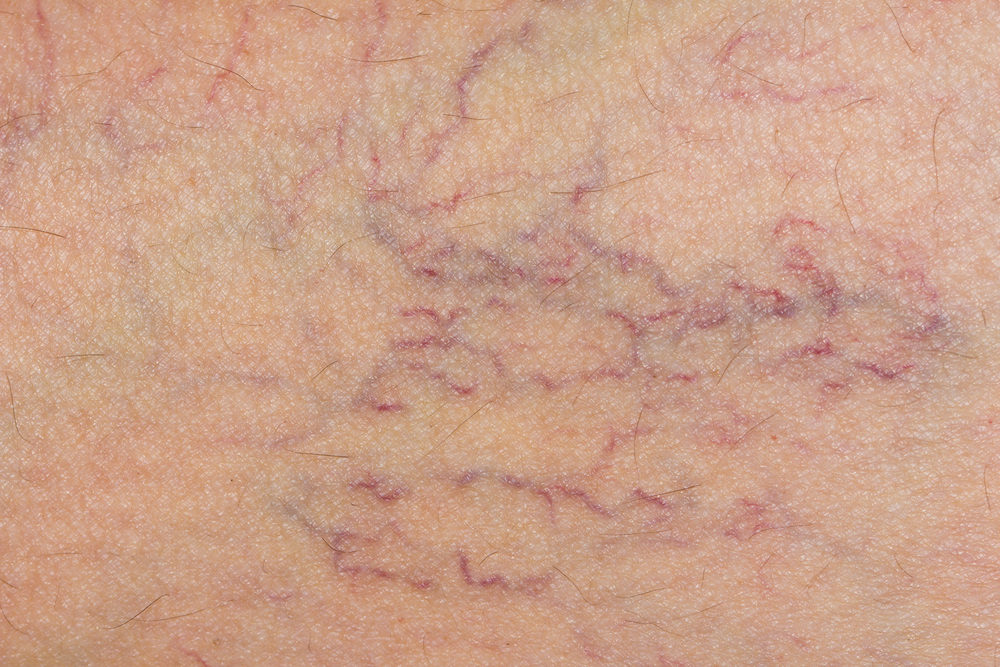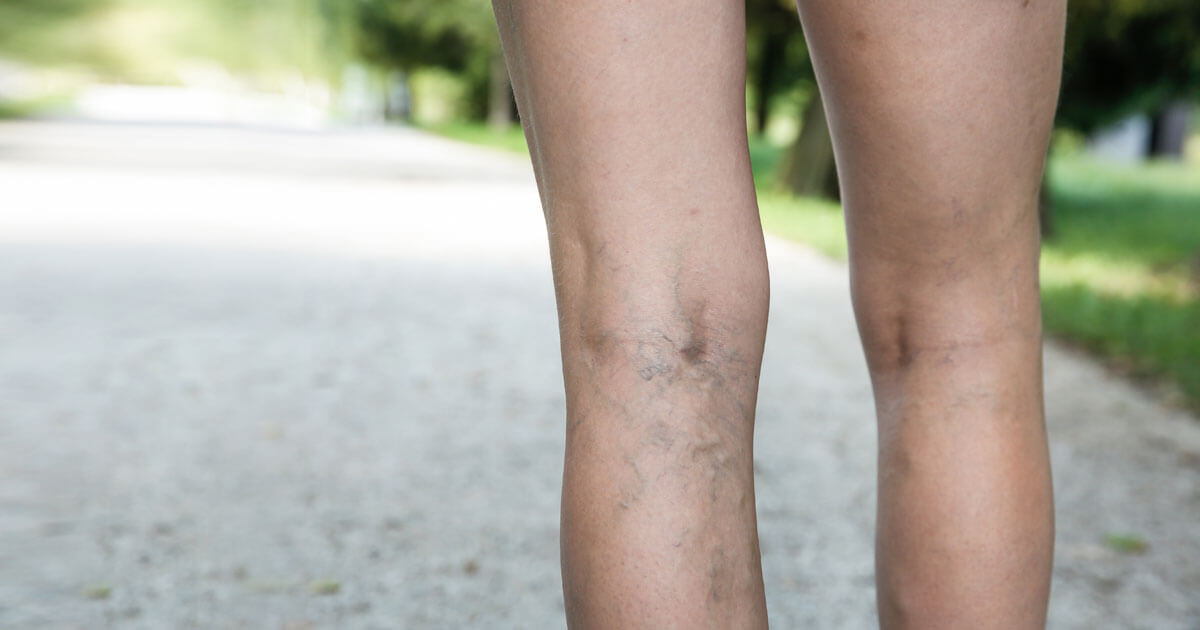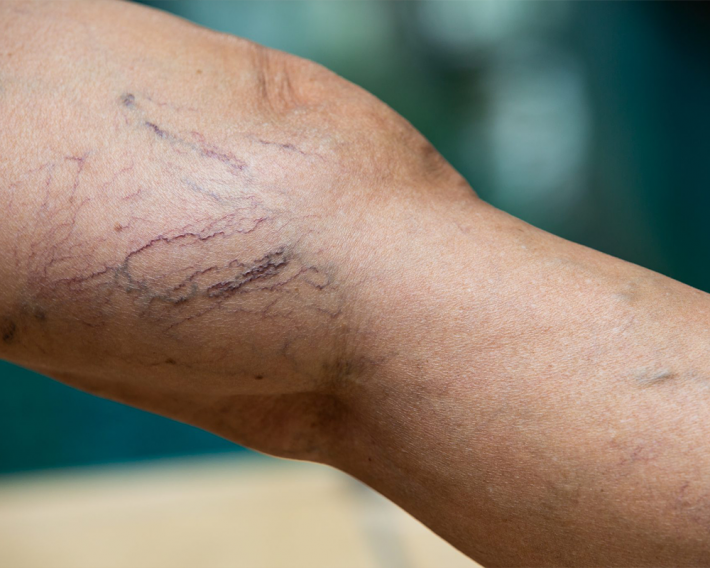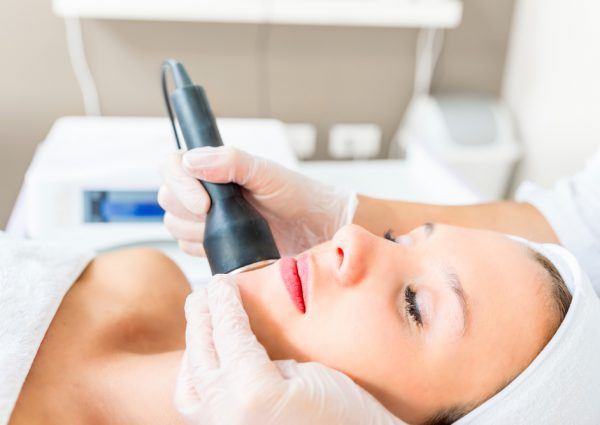Enlarged and twisted veins are called spider veins. They are quite common and unappealing. The veins get their name “spider veins” from the red and blue vein web that starts spreading across your legs. As you age, the surface blood vessels dilate like varicose veins but are smaller. In areas behind your knees, you can sometimes find branches of red, purple, and blue veins. People often call them thread veins.
But how do you know if you have them? In this blog, we will discuss the indicative signs that prove you have spider veins. These veins may not cause any physical issue to some, however, some of you may have to put up with serious discomfort and pain. Read on to know the risk factors that will help you address the issue and seek medical assistance.
Shiny legs
Before the varicose vein swelling appears, you may notice an abnormal shine to your legs. The unnatural pigmentation on the skin’s surface followed by skin peeling and itching can be an immediate sign of spider veins.

Achy legs
Do your legs ache when you walk or indulge in other kinds of physical activity? Muscle cramping, throbbing, burning, and a heavy feeling in the legs are some symptoms associated with spider veins. If you experience achy legs after any physical task, go see a doctor immediately.
Spots on legs
Examine your legs, especially the lower portion, for red spots. These spots can be one of the early signs that your leg’s blood vessels have burst or weakened. If you are wondering what causes the spots then let us tell you. When your legs undergo muscle contractions, the lower legs act as the pumps.
The elastic veins of the walls help in returning the blood to your heart. Tiny valves present in the veins open as the blood flows to the heart. These valves close and stop the backward flow of the blood. But, in the process, if the valves get damaged or weak, blood starts flowing backward and pools in your veins. The veins begin to twist and stretch.
Swollen feet
If your ankles and feet start swelling up after a long day, this may be an indication that you are at the brink of developing spider veins. It may happen once and you need not worry then. But, if you notice the ankles and feet swell often, it may be an early warning.
Visible colored veins
The spider veins may not cause any pain. But if you notice dark blue and purple colored veins that don’t go away, then you have a sign. Spider veins form close to the skin’s surface. They may also appear bulging or twisted, imparting a spider-web like appearance or cords on the legs.
Knowing if you are at risk
Certain factors enhance our risks of developing spider veins. And, here they are:
Damaged veins
Any damage to the veins from other physical conditions can raise the risk of developing spider veins.
Age
As the body gets older and you age, the valves controlling the blood flow start becoming weak. This weakening of valves paves the way for spider veins.
Standing or sitting for a long time
When you stay in the same posture and position for a long period, pressure increases on your veins. The blood does not flow like it flows when you move around. Over time, the pressure causes weakening of the valves and you get spider veins.
Obesity or being overweight
If you carry excess weight, then your veins are bound to undergo pressure. This pressure causes the veins to weaken and raises the risks of developing spider veins.
Family history
More than fifty percent of people with spider veins have a family history of this condition. If your family members have the condition, then you are not too far from developing it.
Developing complications – when to see a doctor?
There are rare complications associated with spider veins:
Bleeding
Occasionally, veins closer to your skin may rupture. This bursting causes minor bleeding. But, any kind of bleeding demands medical attention.

Blood clots
Veins embedded deep in your legs can enlarge. As a result, the affected leg may swell and become painful. Any persistent swelling or pain in the leg requires medical attention because that indicates blood clots. This medical condition called thrombophlebitis can get serious if not shown to a doctor.
Ulcers
The skin near the spider veins can form painful ulcers. You can see those ulcers near the ankles. Discolored skin or spots usually begins before the formation of an ulcer. If you suspect an ulcer has developed, you must immediately see a doctor.
Prevention
You cannot prevent spider veins. But, improving your muscle tone and circulation may minimize risk of spider veins. You can take the same measures to treat soreness from spider veins. Find the tips below.
- Watch your weight
- Eat a low-salt, high-fiber diet
- Avoid tight hosiery and high heels
- Exercise on a daily basis
- Change your standing or sitting position regularly
Conclusion
Early diagnosis of spider veins can help to treat the condition on time. In some instances, if you leave them untreated, spider veins can cause symptoms that limit mobility. Go for diagnostic tests like ultrasound and if the condition is less severe, you can opt for conservative treatments too. There are medical procedures that help close and remove the spider veins but keep an eye on the early signs to rule out problems in the future. Hope you liked our blog, and if there is anything you would like us to add, feel free to comment below.







